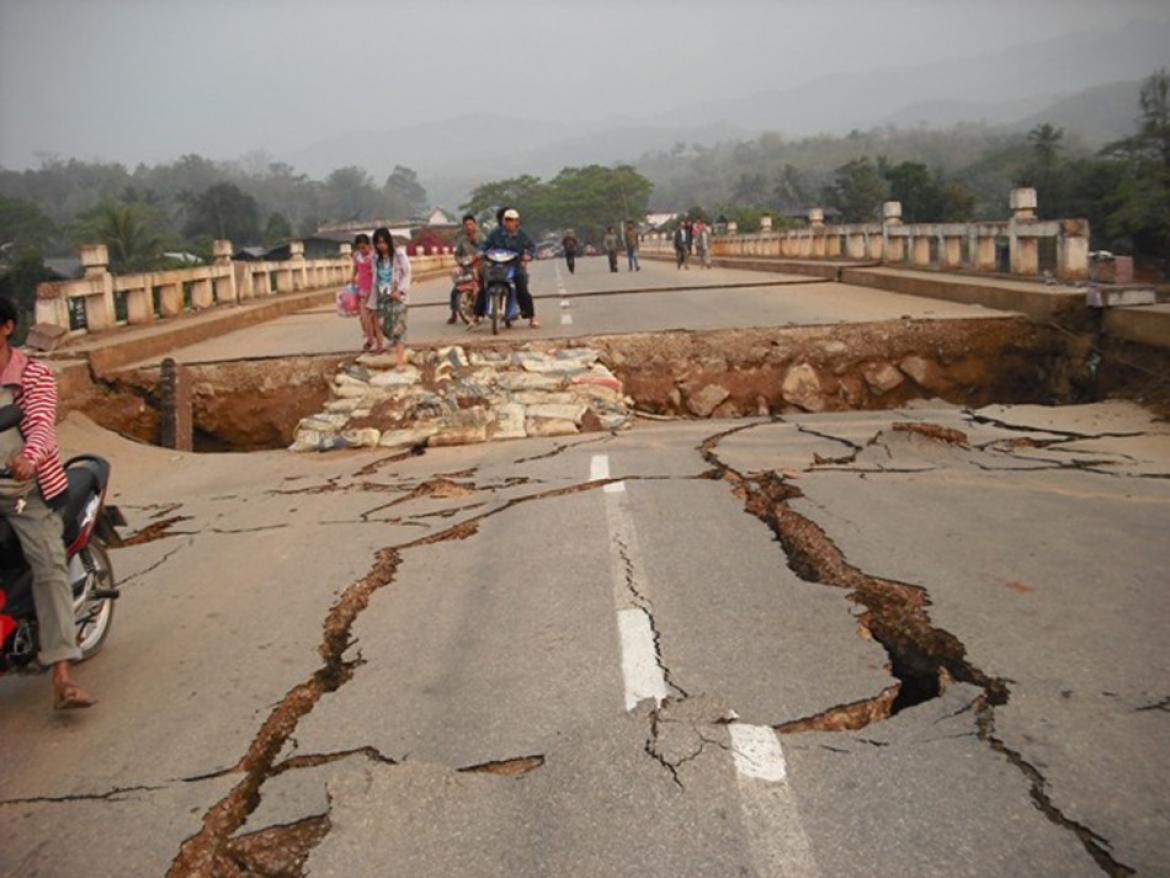The Sichuan earthquake – 8 years on

Lovemore Chikova in WENCHUAN, China—
At exactly 14:08:01 on May 12, 2008, an earthquake of 8.0 magnitude on the Richter scale hit Wenchuan county in Sichuan, one of China’s south-western provinces.Like a thief coming to steal, the earthquake waited until office workers, schoolchildren, construction workers – everyone – was settled at their work stations after the lunch break.
And the death toll was massive, standing at more than 87 000, while nearly 40 000 other people were injured.
The earthquake was 19 kilometres deep, with an epicentre in Yingxiu town. Its tremors were felt some 1 700 kilometres away.
More than 45,5 million people were affected, especially in the mountainous areas of Sichuan province.
The China Earthquake Administration indicated that the earthquake occurred along the Longmenshan fault, a thrust structure along the border of the Indo-Australia Plate and Eurasian Plate.
Armed with this background, a group of 35 journalists from Africa and South East Asia, including myself, left Chengdu City, the capital of Sichuan province, for Wenchuan.
The purpose of the trip was to see the damage and review reconstruction efforts being carried out by the Chinese government, eight years after the disaster.
Although many of us, as journalists, had heard or read about the Sichuan earthquake, we never anticipated that our experience in Wenchuan would give us a new world outlook.
Travelling to the area by road, a journey of almost two hours, we soon discovered that Sichuan is made up mostly of mountains, with the rugged terrain characterised by meandering rivers and streams.
The first sign of the earthquake trail were huge rocks and boulders strewn on riverbeds.
Looking up on the mountains, we also saw that they bear huge scars left by disintegrating earth, which can be seen from afar.
In Wenchuan, our first port of call was Yingxiu Town, where we went straight to the Memorial Hall of Wenchuan Earthquake Epicentre designed by He Jingtang of the Chinese Academy of Engineering.
Our Chinese guide told us that all the depictions in the memorial hall were based on actual events that occurred during and after the earthquake.
The memorial hall has a basement and a ground floor, which include a front hall, mourning hall, disaster hall, rebuilding hall and revelation hall.
It is after a tour of this memorial hall that the magnitude of the disaster starts to sink in the minds of the visitor.
The memorial hall helps one to recall and learn about the great spirit of disaster relief shown in this area.
This is because the sheer nature of the destruction caused by the earthquake is fully demonstrated in the memorial hall.
There is an area with pictures of the earthquake, some real and some a simulation, which shows how it happened and the relief efforts that followed.
Many items associated with the destruction caused by the earthquake have been collected and stored in the memorial hall.
In one corner there are wreckages of vehicles that were cut into pieces as a result of the earthquake, in another, a collection of electrical gadgets which people were using when disaster struck.
Yet another corner is reserved to showcase the relief efforts where one can learn how difficult the rescue operation was and what has been done on reconstruction.
The highlight of the visit to the memorial hall is when one is taken to the simulation room, where you “experience” the tremor on a simulator, while viewing a video of the destruction that took place.
The simulator brings the earthquake alive in your mind and you can easily feel shaken by the experience.
On the video, one can watch people desperately trying to save their lives, cars being flung off bridges, multi-storey buildings collapsing to smithereens and mountains of soil subduing houses.
Our next port of call in Yingxiu town was the Xuankou Middle School, where we were taken by a new guide.
On our way to the school, the guide occasionally pointed to outstanding reminders of the effects of the earthquake.
Then all of a sudden she stopped and we realised that her tone had changed in an instant.
“We are now approaching the school,” she said. “From now on, please do not laugh, do not make any noise, do not show excitement and do not shout for whatever reason.”
We looked at her in bewilderment, but she then explained.
“This school was one of the institutions most affected by the earthquake,” she said. “Some students and teachers are still buried in the rubble, so we do not want to disturb their souls. Let them rest in peace.”
Soon, we were to learn that there were 1 527 pupils and teachers at Xuankou Middle School who had just resumed classes after the lunch break when disaster struck.
Out of these, 55 died in the earthquake.
What made the incident more painful is that of these 55 dead, 21 went down with four floors of one of the school blocks, which sunk due to shaky ground.
The Chinese government decided not to exhume their bodies, since they were buried deep enough to let their souls rest in peace.
As we approached the half-sunken classroom block, each one of us was given flowers which we laid on the rubble after observing a minute of silence in honour of the deceased.
Our guide told us that the community around the school was the most affected, with nearly 7 000 people dying in the earthquake out of a population of around 12 000.
Massive reconstruction has since taken place at Shuimo town, another area we visited in Wenchuan county.
This town, situated on top of a hill and characterised by several markets, was one of the most affected.
With the reconstruction that has taken place, one cannot believe that everything in this town was left flat on the ground by the earthquake only eight years ago.
It is the resilience of the people in this part of Wenchuan which impressed me most.
They still wear their smiles and one can only realise that they are survivors of the devastating earthquake only after talking to them about the disaster.
The reconstruction of the town’s markets was done so perfectly that there is nothing to give an indication that all the buildings in this area had been destroyed.
Wenchuan has become an example of how unity can be the major driver of restoration and reconstruction efforts after such a major disaster.
Millions of homes have been rebuilt, while new towns have sprouted up side by side with the rubble of the destroyed ones.
Under the strong leadership of the Chinese government, Sichuan province is managing to overcome the arduous struggle to earthquake resistance and disaster relief.
At least $137,5 billion has been spent on reconstructing towns, homes, schools, medical and health facilities, railways and roads and restoring water supply, electricity and communications lines.
Barriers which had blocked major rivers, forming lakes threatening to cause secondary disasters like floods were successfully disposed of before they could further threaten lives.
So far, 32 728 reconstruction projects worth more than the $137,5 billion cited above have been completed.
And the central government and Sichuan provincial authorities are still investing more in the reconstruction efforts.








Comments